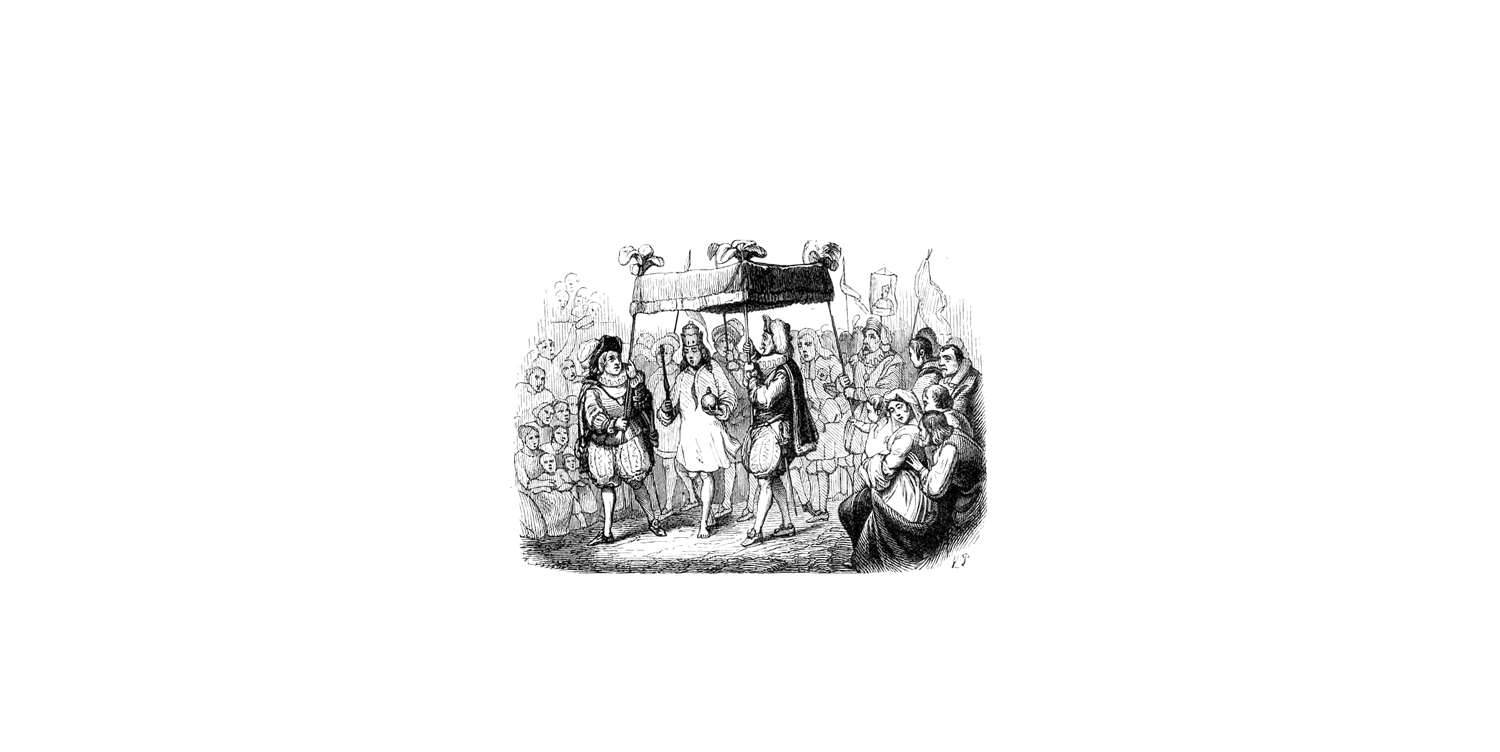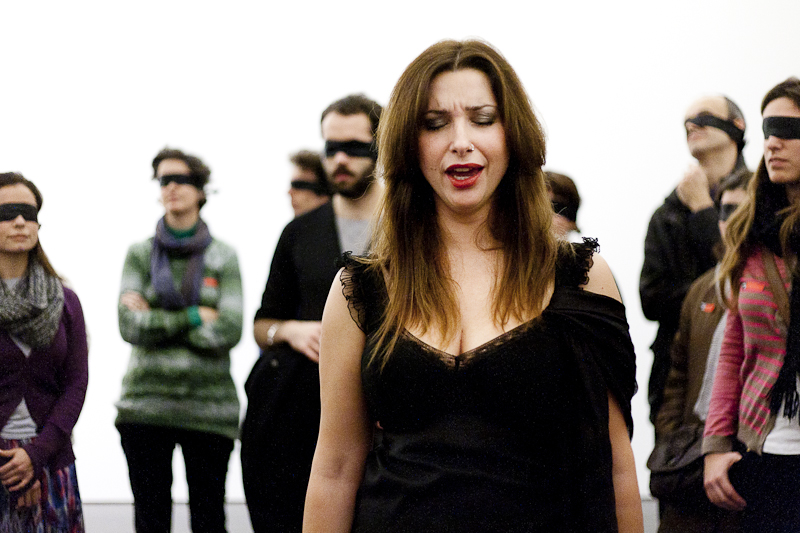Virtual Reality tour
Documenta Studies (Kassel)
2020
In January 2020, Documenta Studies invited me to give a performative talk for their event “learning unlearning” in Kasel, just a couple of months before the COVID19 protocols of social distancing came to be. By the time the talk was supposed to happen, being together in a common space was prohibited.
This VR situation allowed us to share a space without being physically at the same building, city or even continent. The talk takes form as a space with installation of audiovisual content, the audience is “present” as avatars with freedom of movement as well as the freedom to talk, interact and add to the room and the experience.
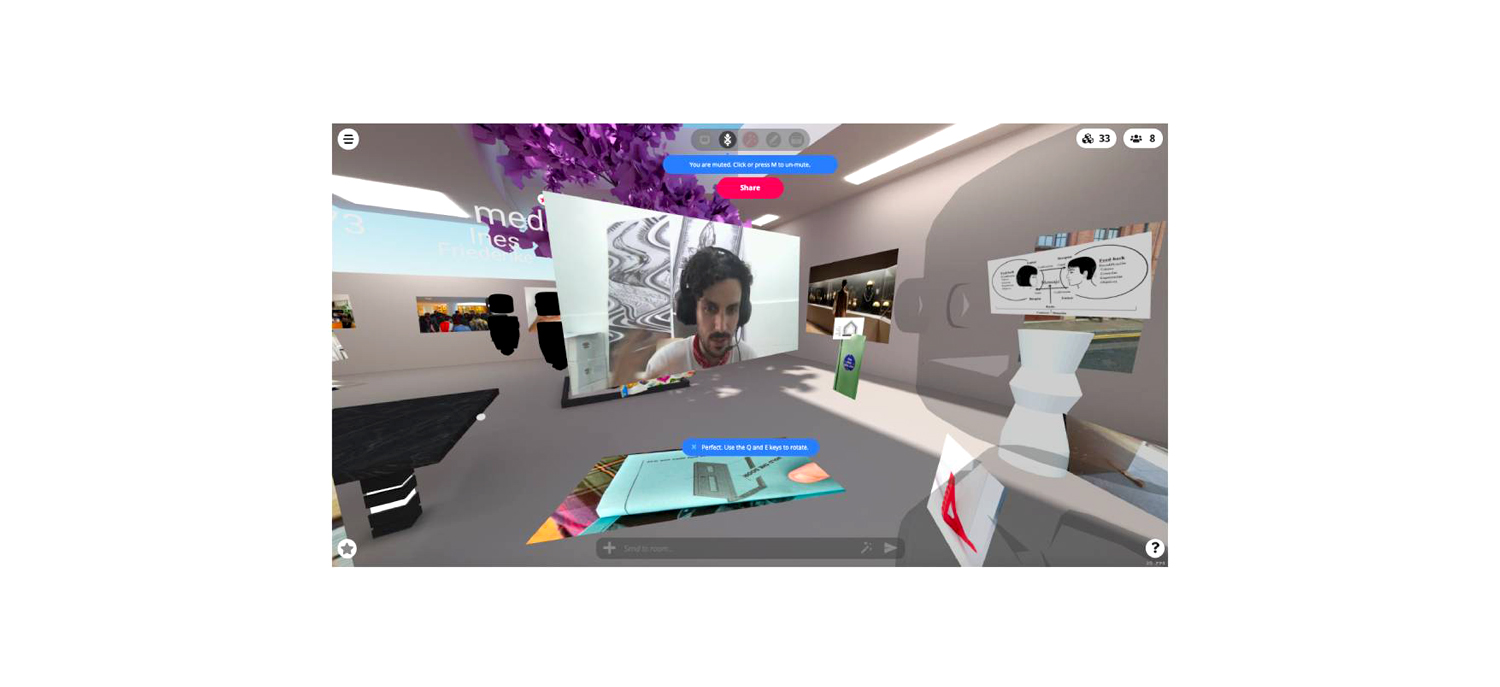
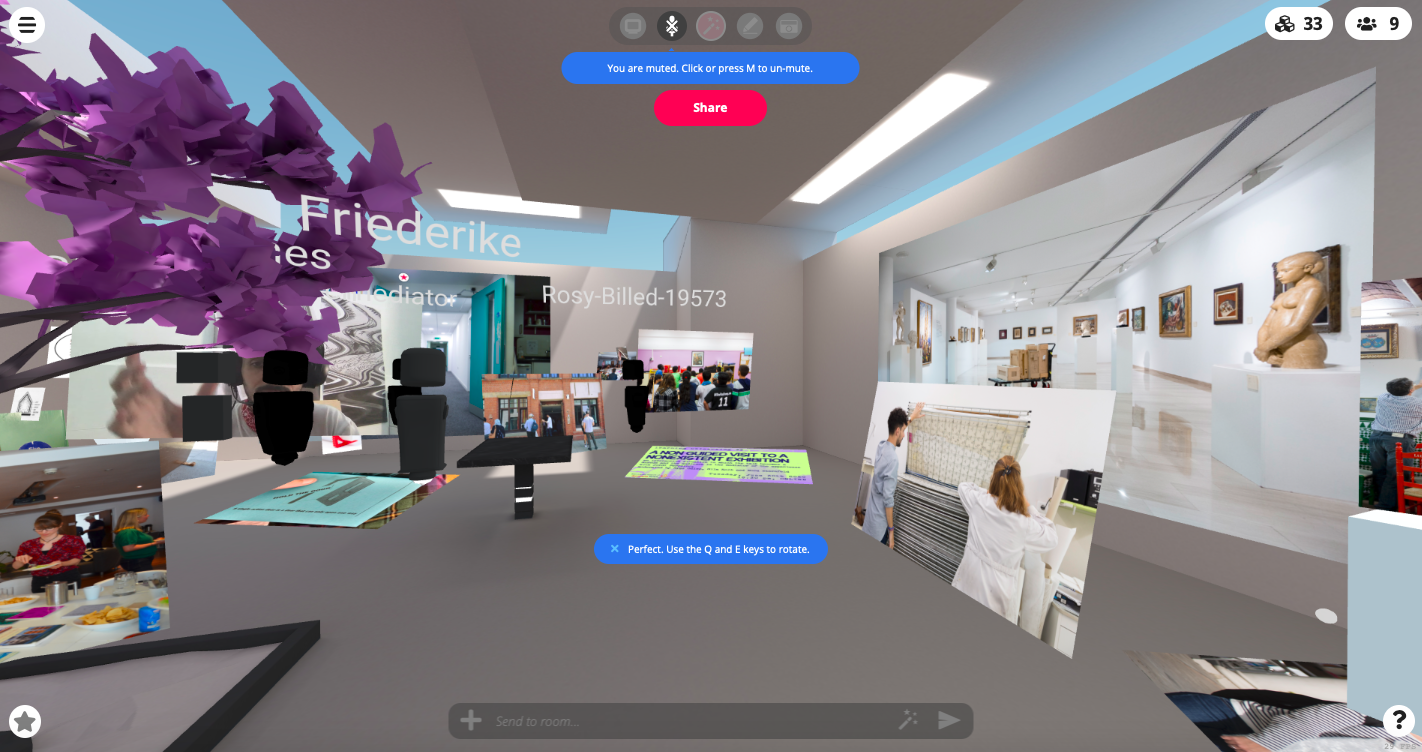
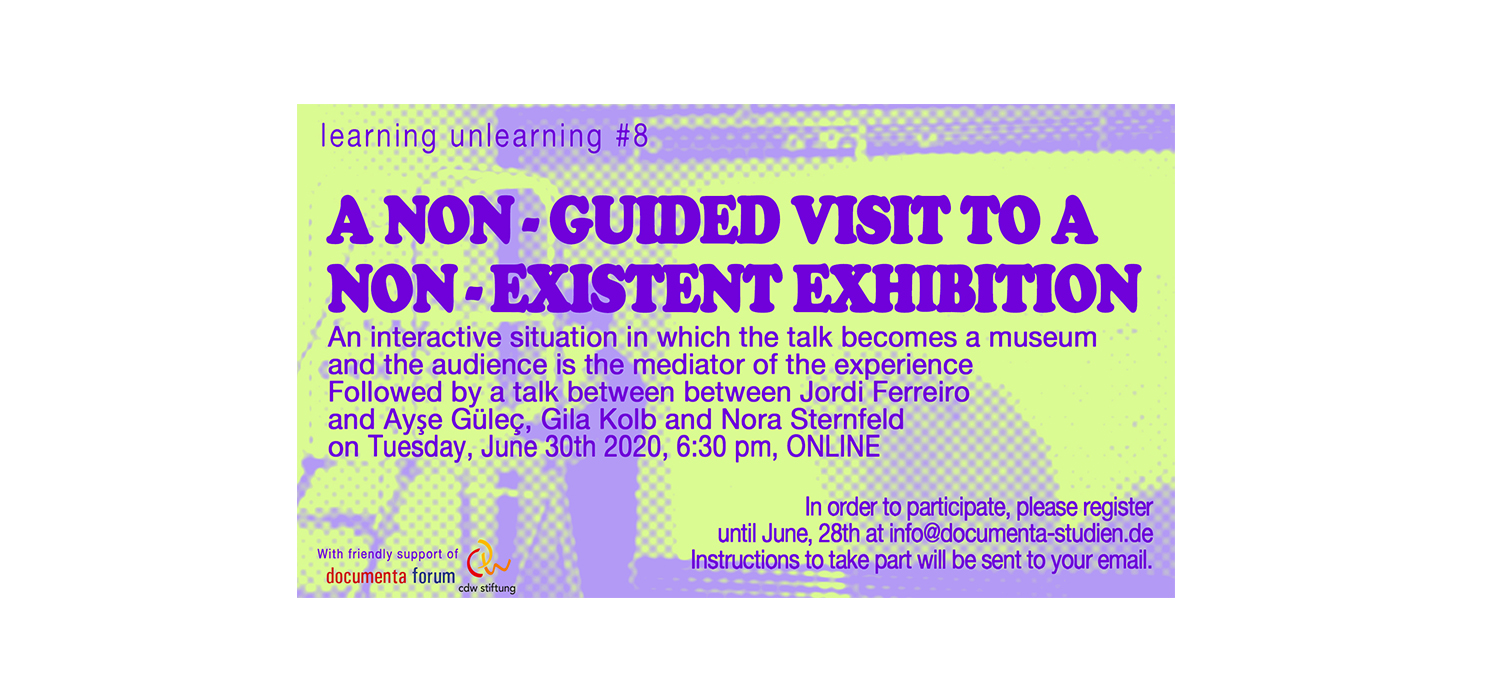
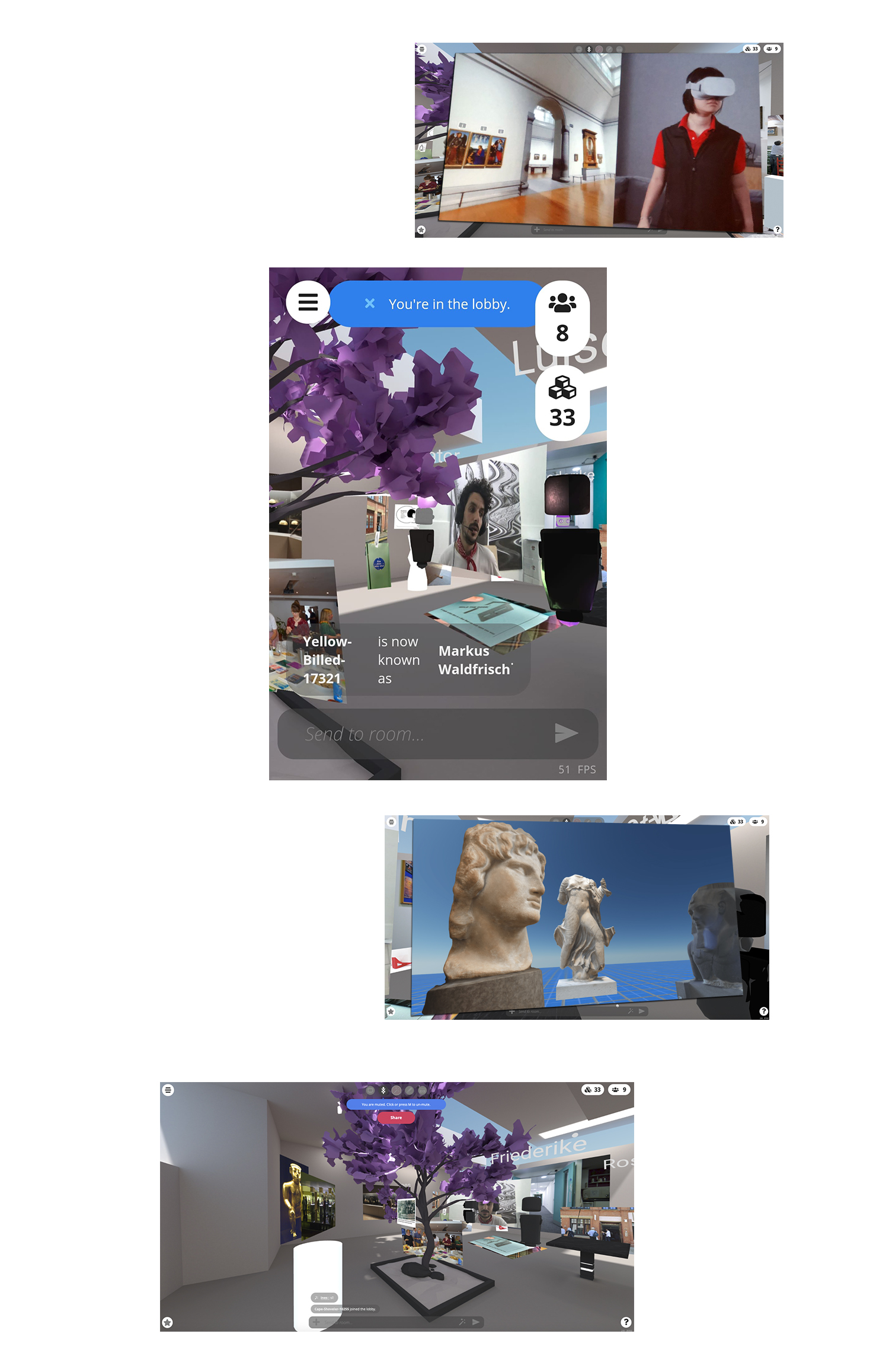
“A Visit to Everything and Nothing”
CCCC – Centre del Carme Cultura Contemporània
Performative visit tour
Valencia
2018
On 22 June 1941, German troops invaded the Soviet Union. Threatened with bombing, workers of the Hermitage Museum in Saint Petersburg decided to send the entire museum collection by train to other cities.
Despite having no artworks to show, the staff continued to operate a programme of guided visits. Educators took visitors around rooms populated by frames without canvases and pedestals without sculptures.
Guided by an educator and performer, “Una visita al todo y a la nada” (A Visit to Everything and Nothing), is a performative visit to a museum in which traces, details and museological errors can be seen – through meditation – as artistic gestures.
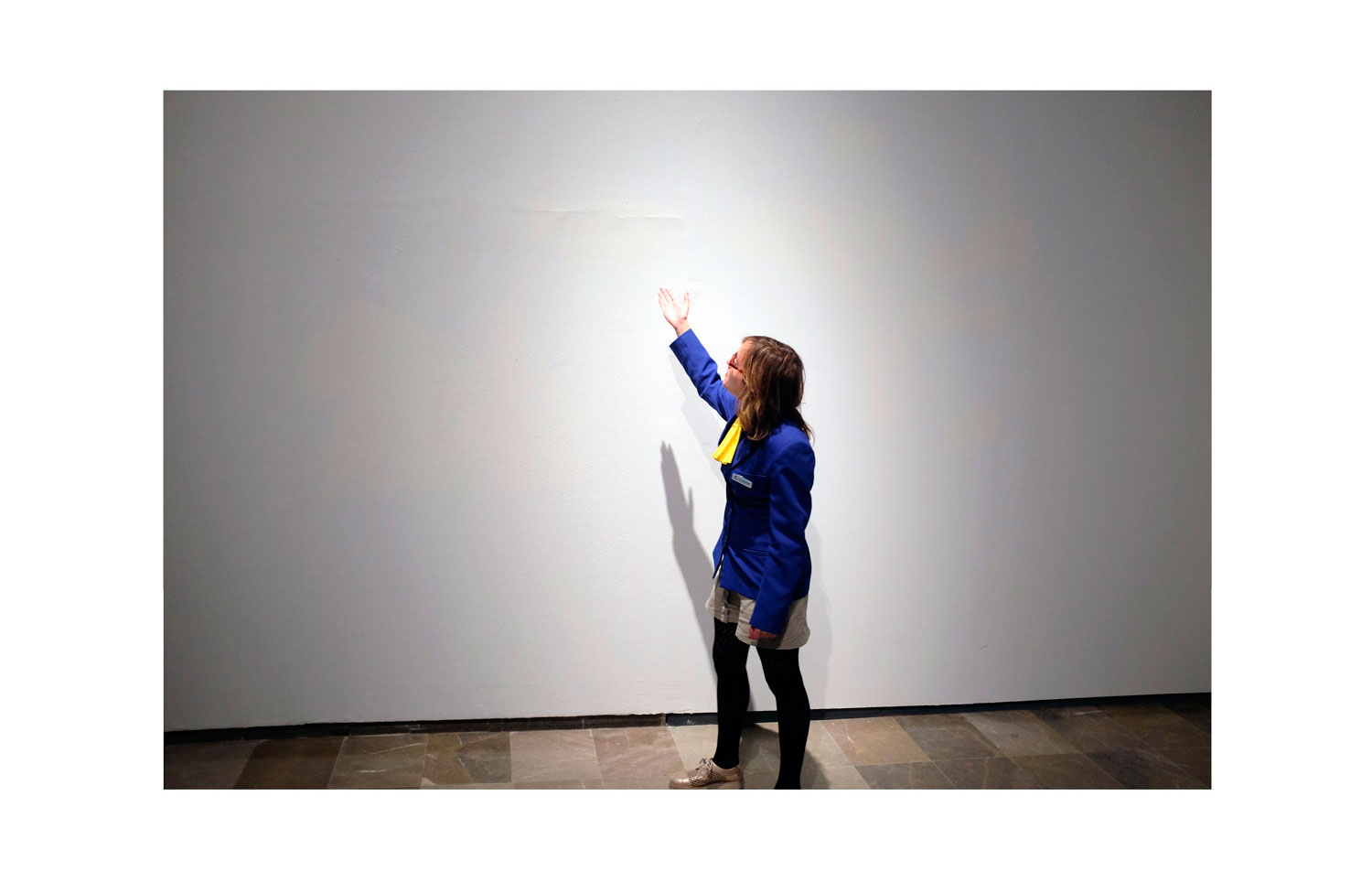
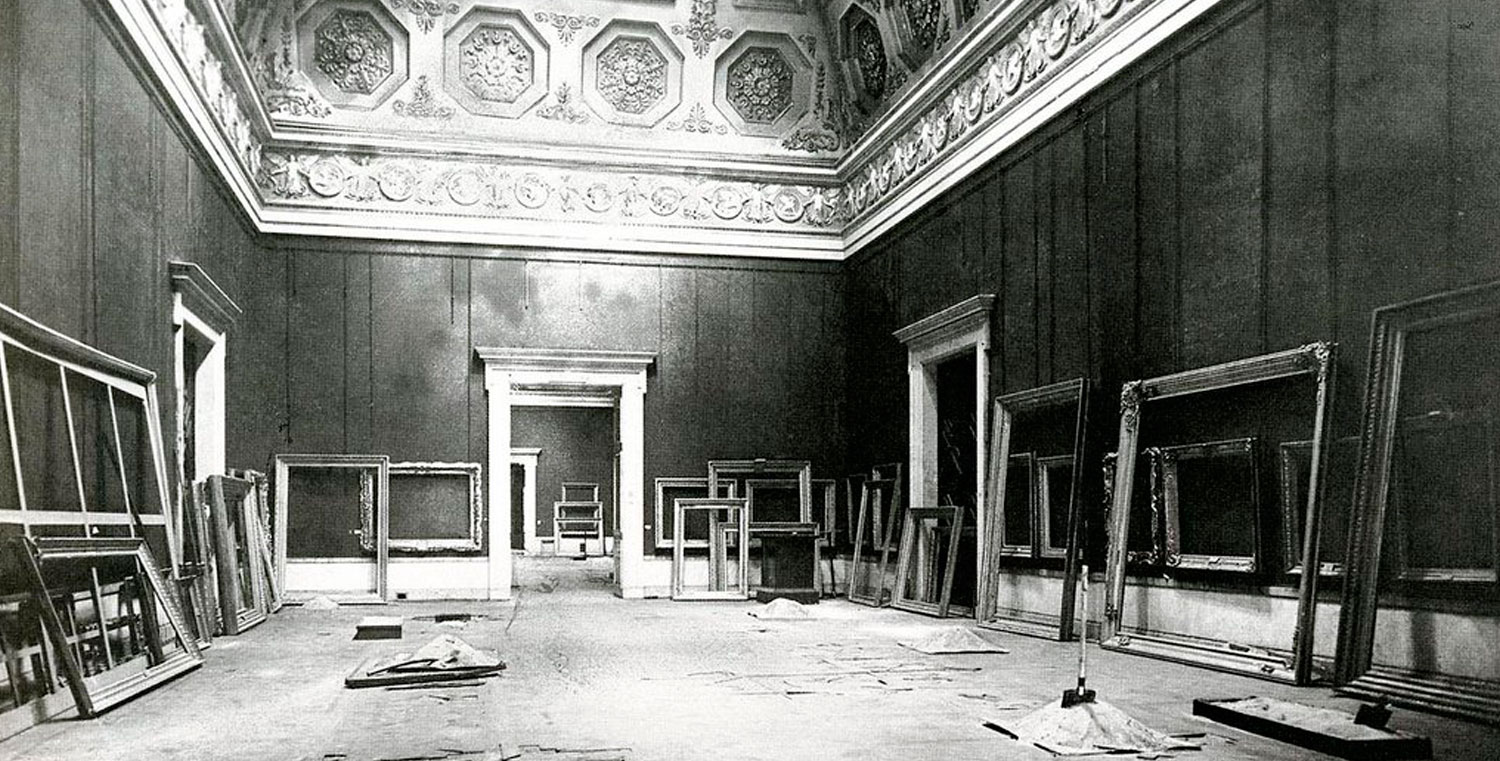
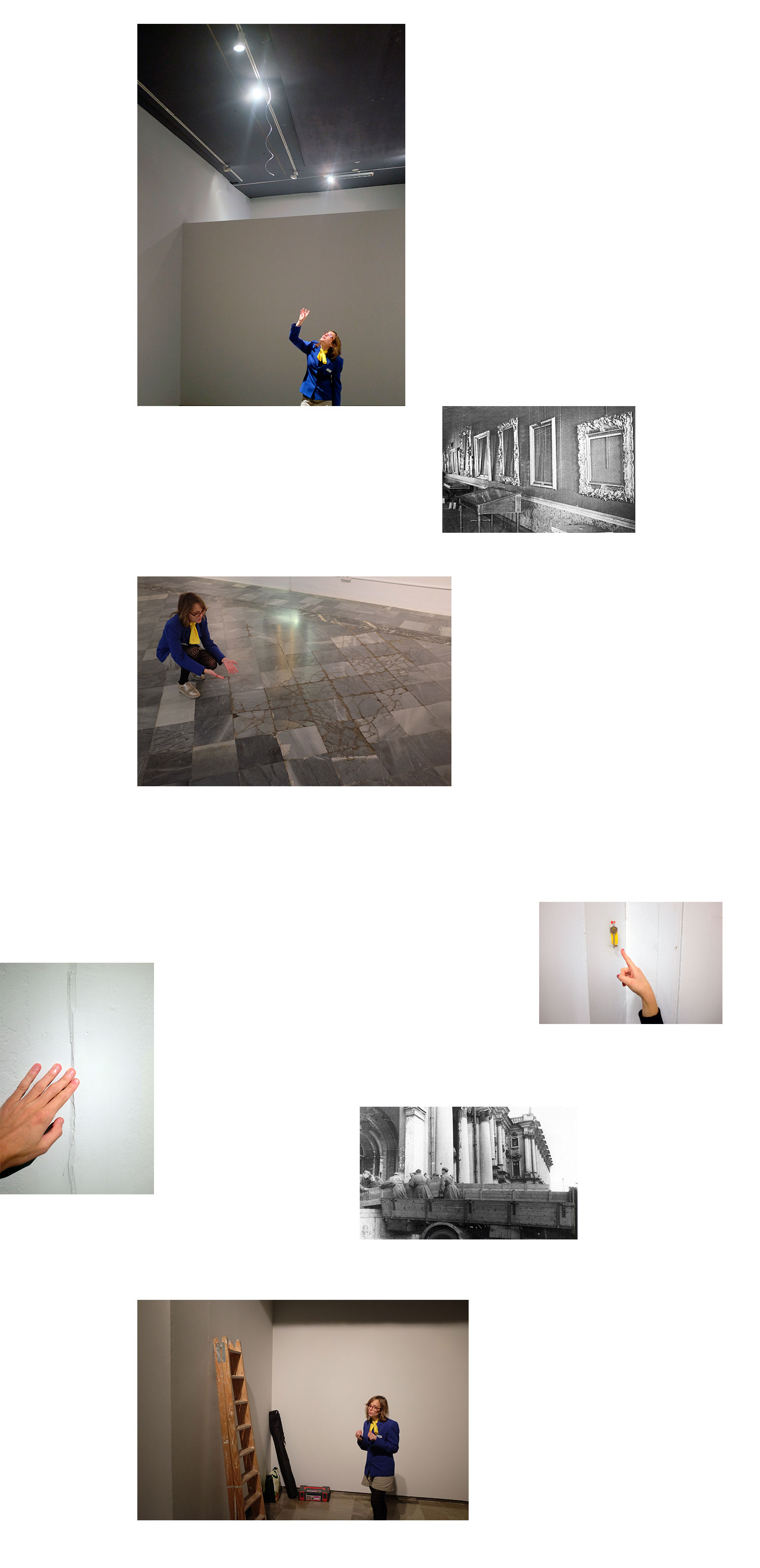
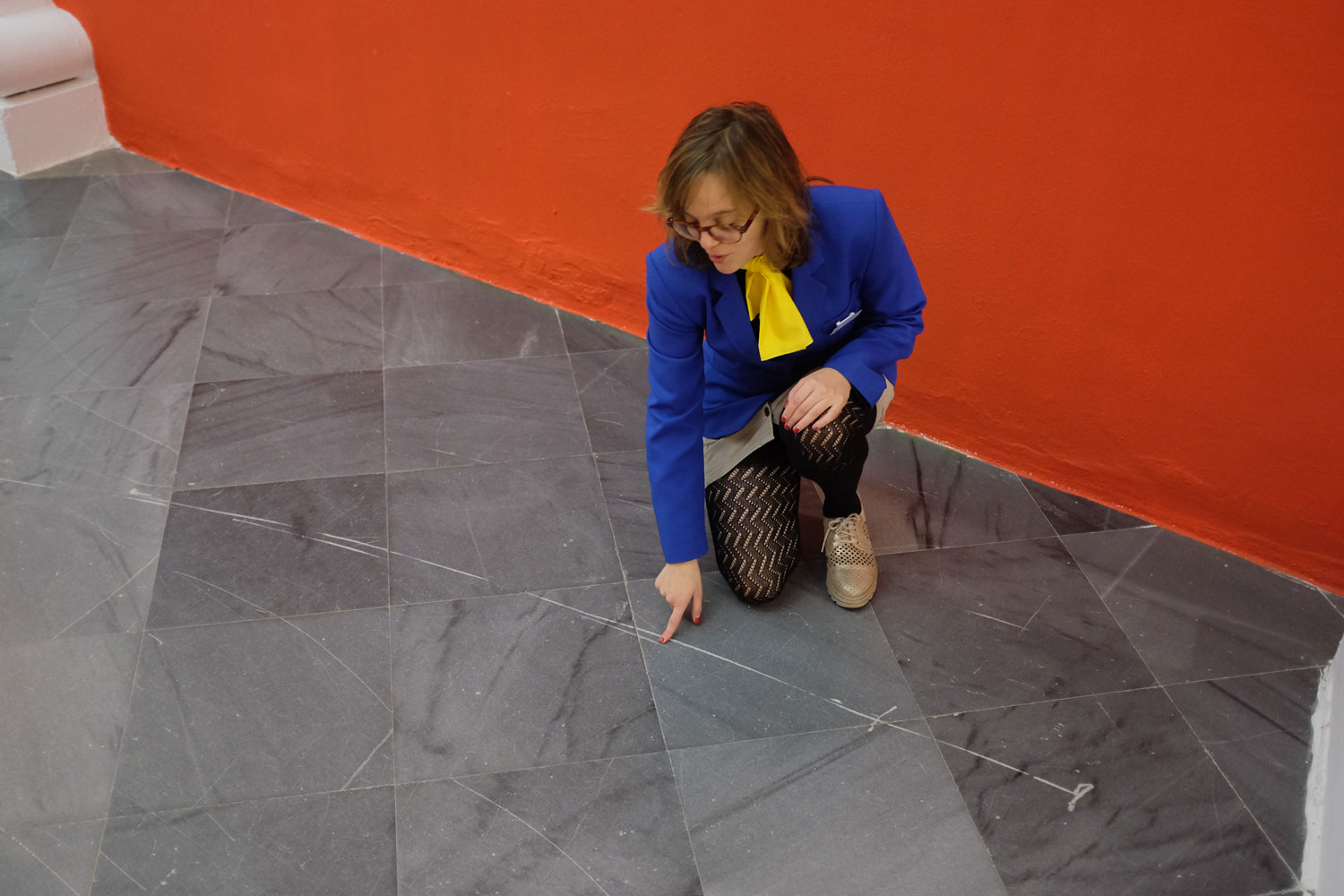
“What Can I Do for You?”
MUAC (Museo Universitario Arte Contemporáneo)
Performative mediation
Mexico
2018
In ¿Qué se le ofrece? (What Can I Do for You?) we altered the rules of the Museo Universitario de Ciudad de México to allow a mobile cafeteria to open up in the museum’s entrance.
This cafeteria functioned as a meeting point for visitors, and a whole series of “altered meditations” – based around the exhibitions and museum building – took place there.
This action was carried out in collaboration with the museum mediators and with Axel Arroyo as “barista/mediator”.
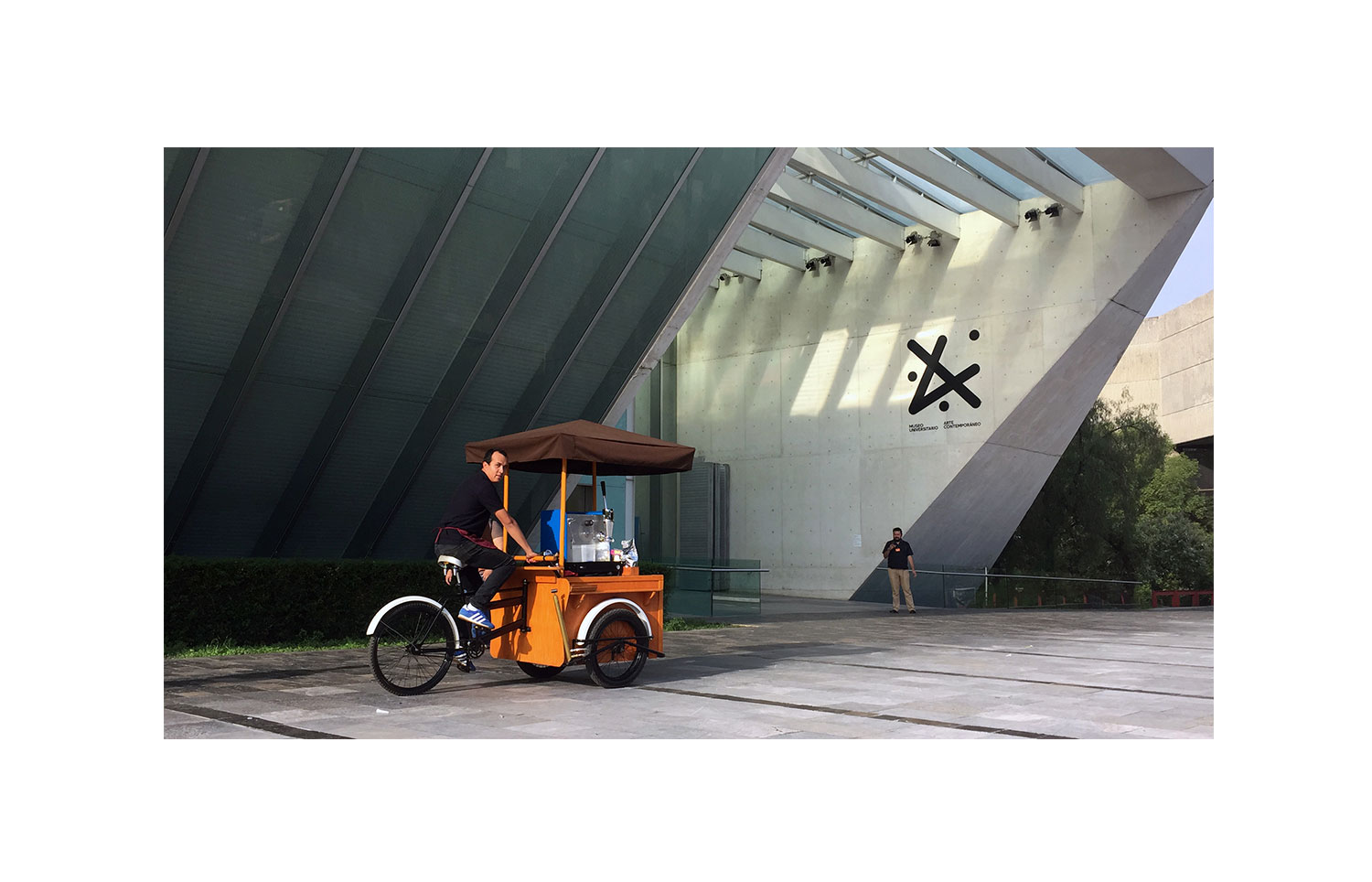
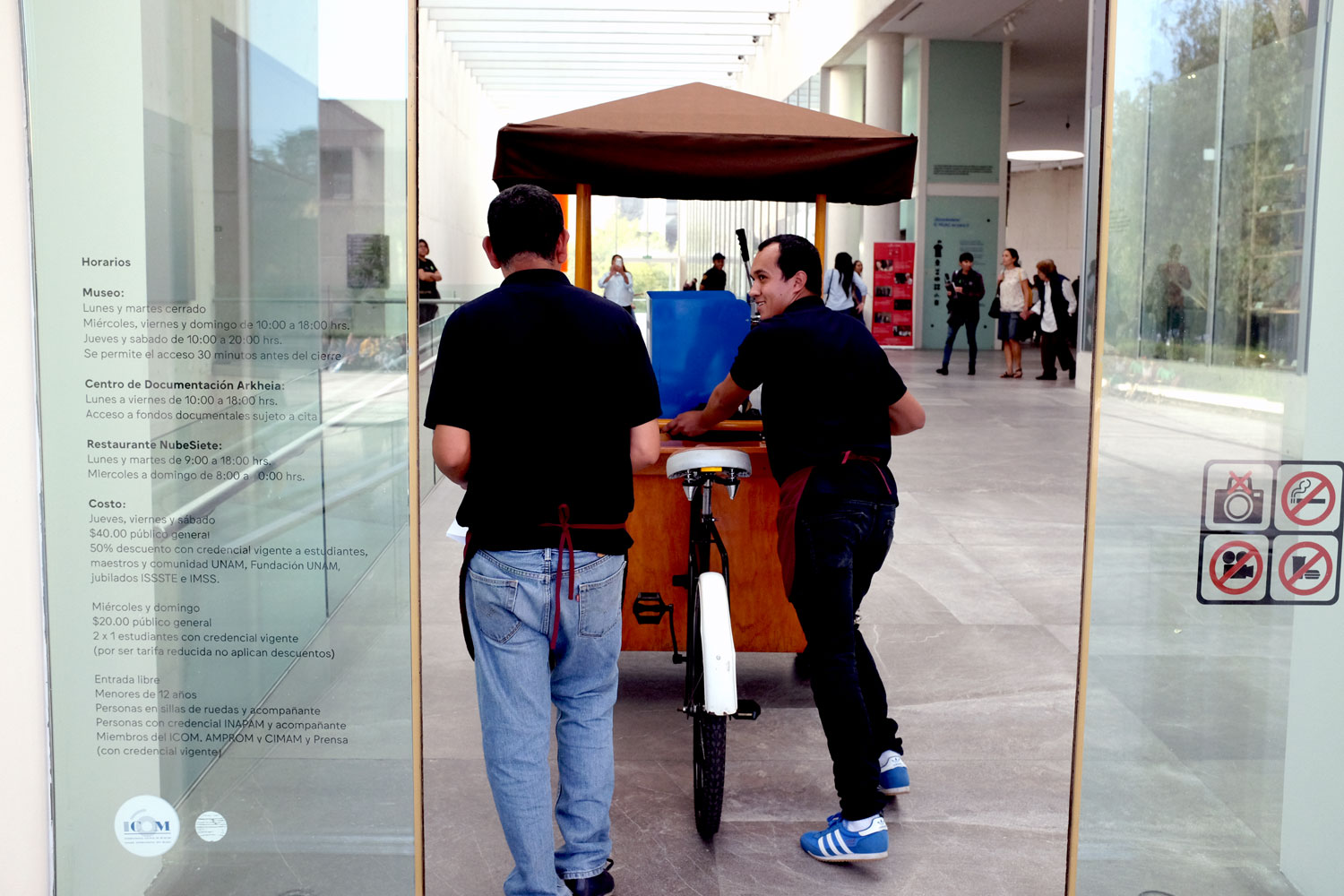
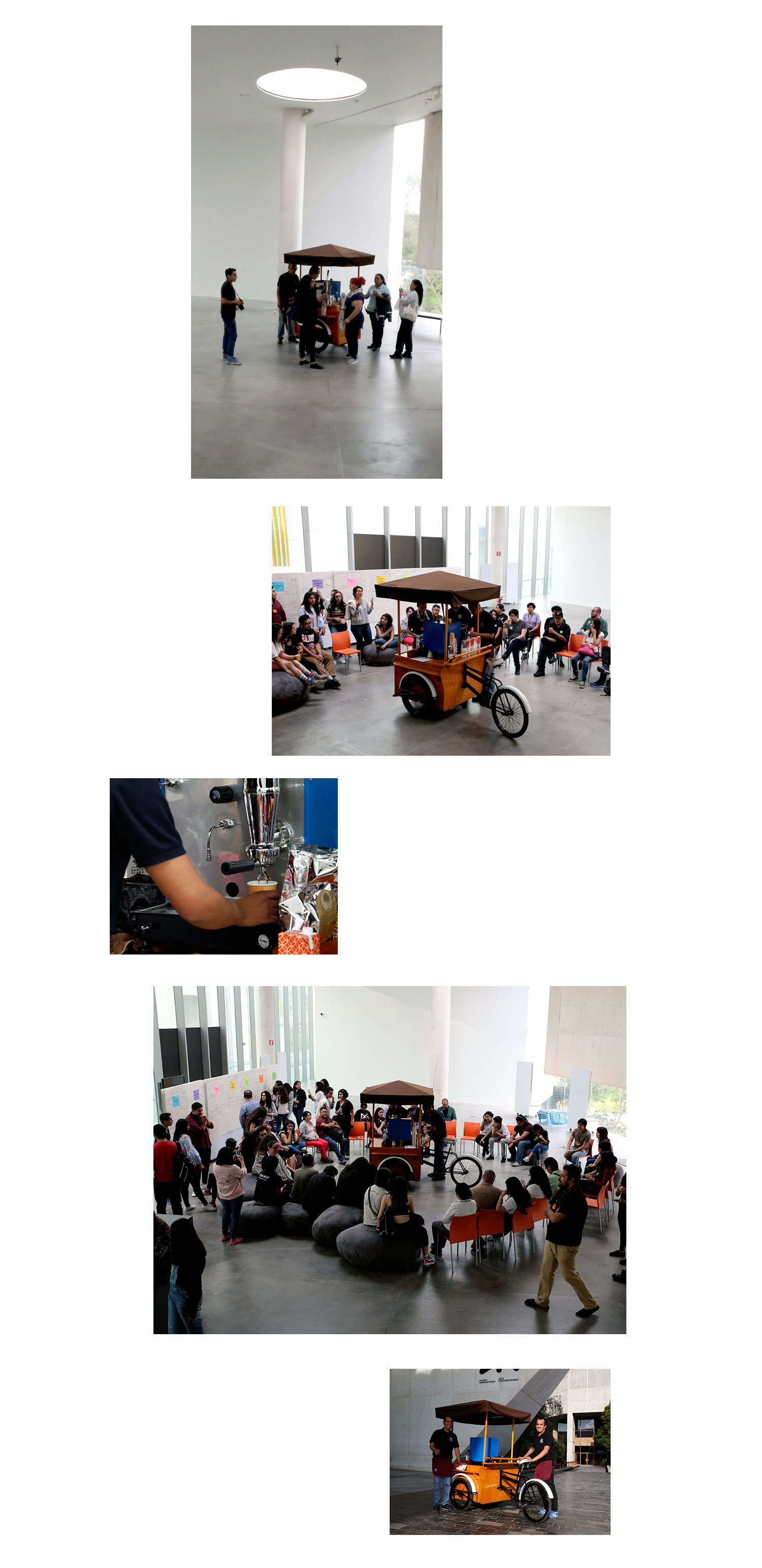
Proposals to see an exhibition
MUAC (Museo Universitario Arte Contemporáneo)
Performative visit tour
Mexico
2017
A proposal to activate the whole body around the exhibition “Kindergarten” by Gregor Schneider. Under the premise of changing the point of view, change the pace and radically change the perspective with which we usually find the exhibition, To establish a more intense relationship between the work of art and viewers.
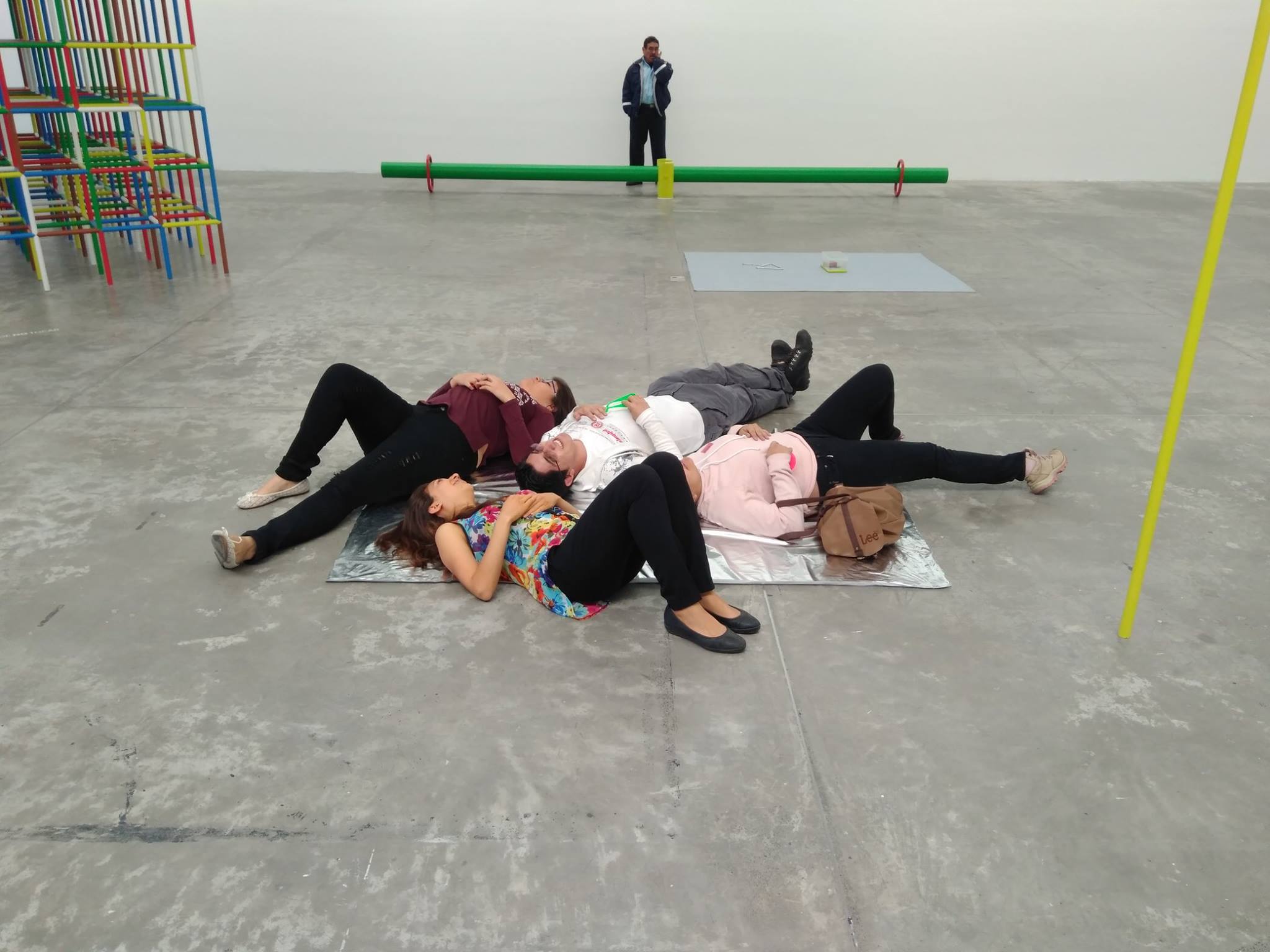
“Unguided Visit”
Arts SantaMónica
2016
This action sets out to exchange the usual roles and dynamics of the exhibition space by way of a performative proposal: the mediators become artistic objects, the public mediates the experience, while the exhibition becomes the spectator.
In this UN-guided tour, three out-of-work educators from a number of museums will be employed to carry out their job with total freedom for two hours.
This action will take place on three floors of Arts Santa Mònica. To participate, the public must find the information points marked in red where the educators are waiting.
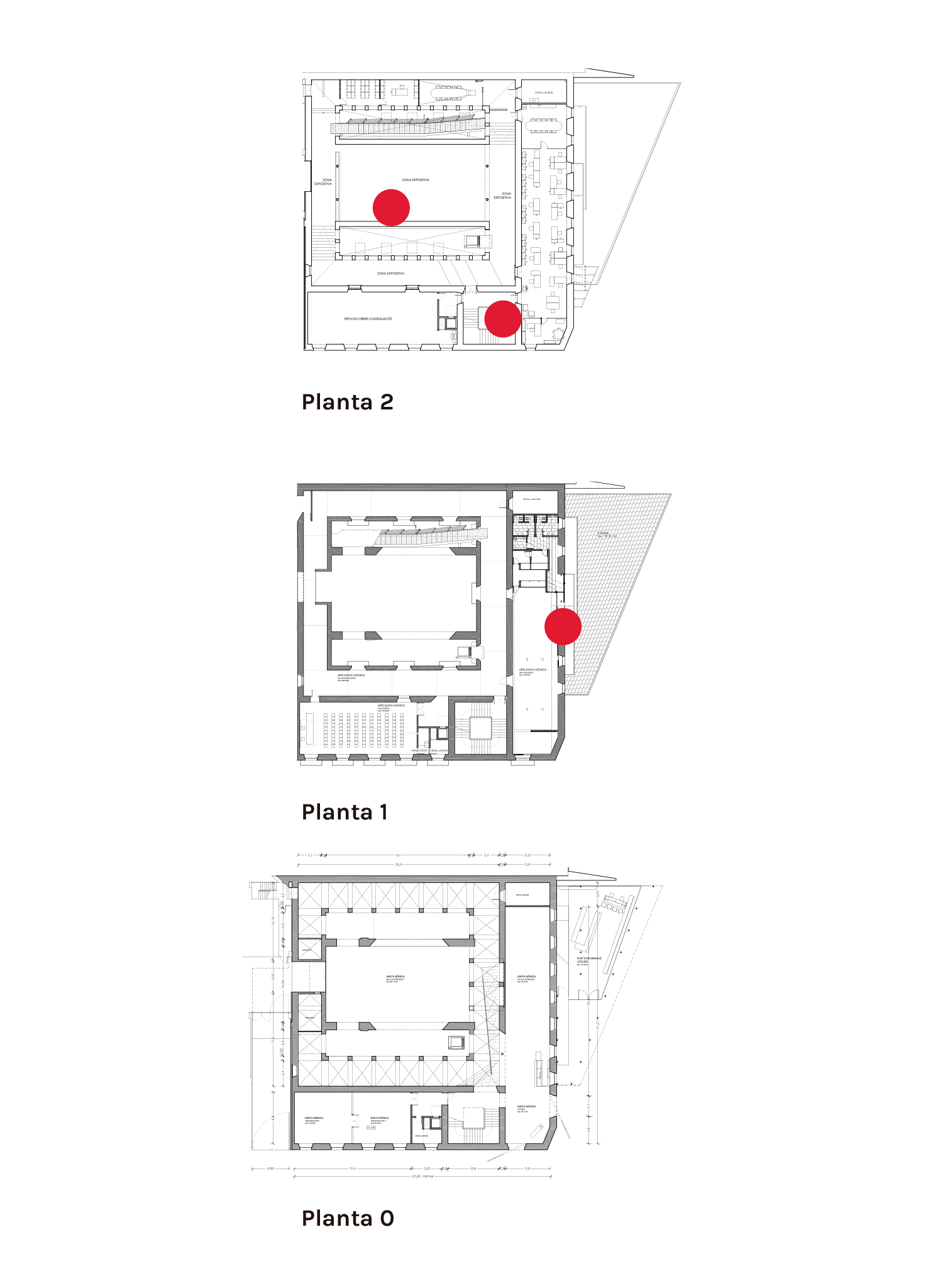
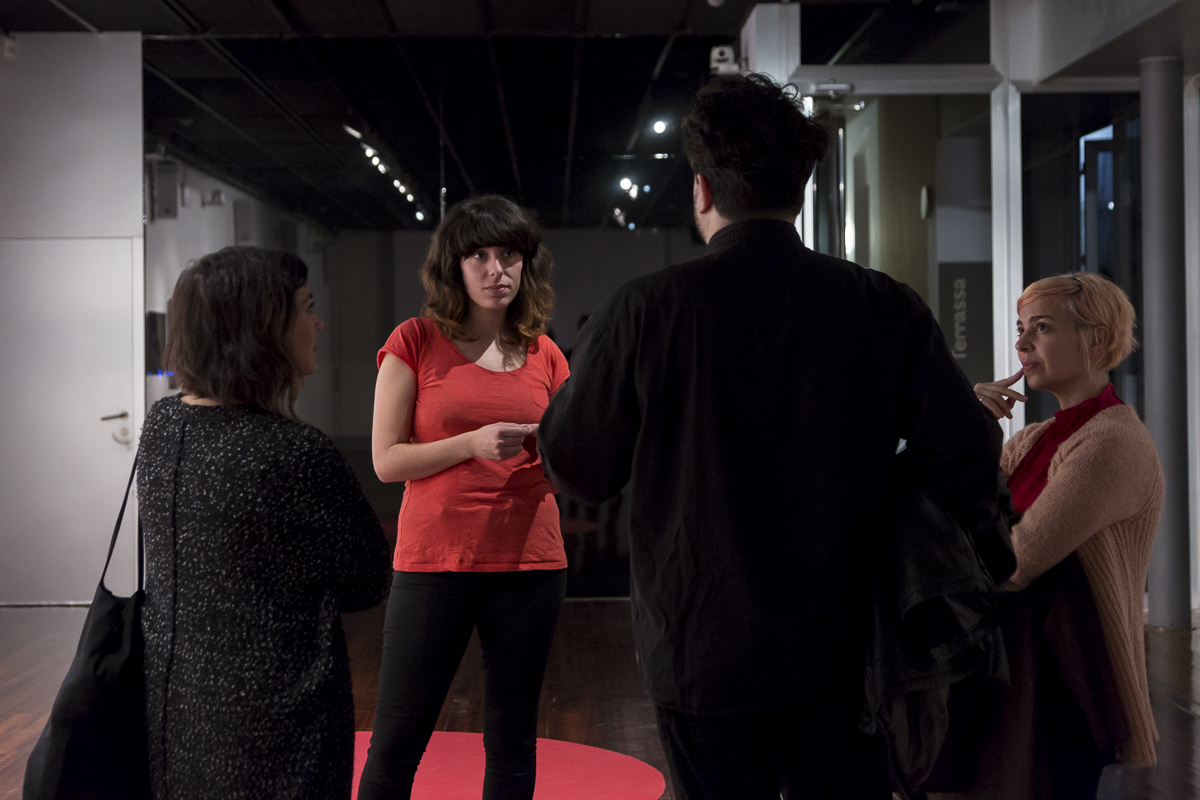
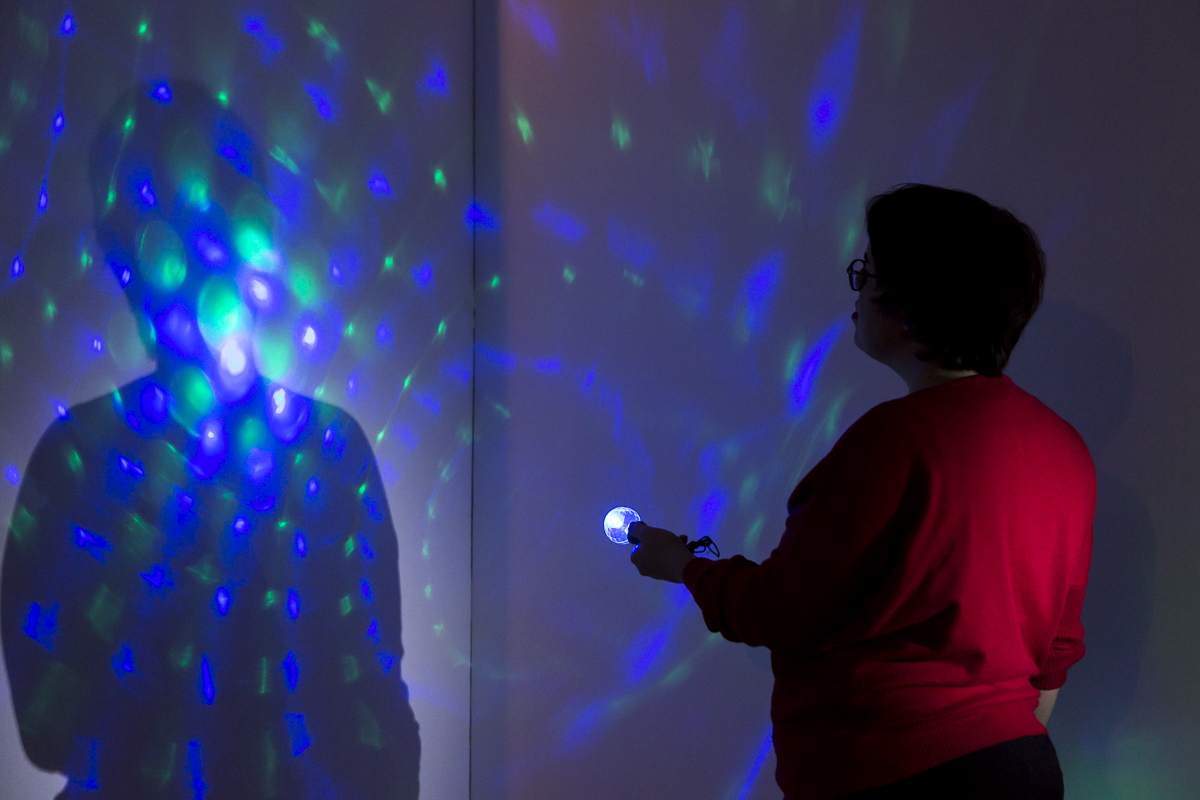
Interactive performance
Roma
2013
In 1921, Luigi Pirandello released in the Valle de Roma Theatre “Six characters in search of an autor”, absurdist metatheatrical play about the relationship between authors, their characters, and theatre practitioners, it premiered at the Teatro Valle in Rome to a mixed reception, with shouts from the audience of “Manicomio!” (“Madhouse), since the work is out of the usual theatrical boundaries, where the characters abandon the fiction of the theater, are sitting between the public, etc … Pirandello shakes the boundaries between reality and fiction.
In “The performance to be performed” the viewer is guided through the old town of Rome by 6 different characters (fictional and real) which communicate with the viewer by mobile application WhatsApp until arriving at “Teatro Valle”, where the performance ends.
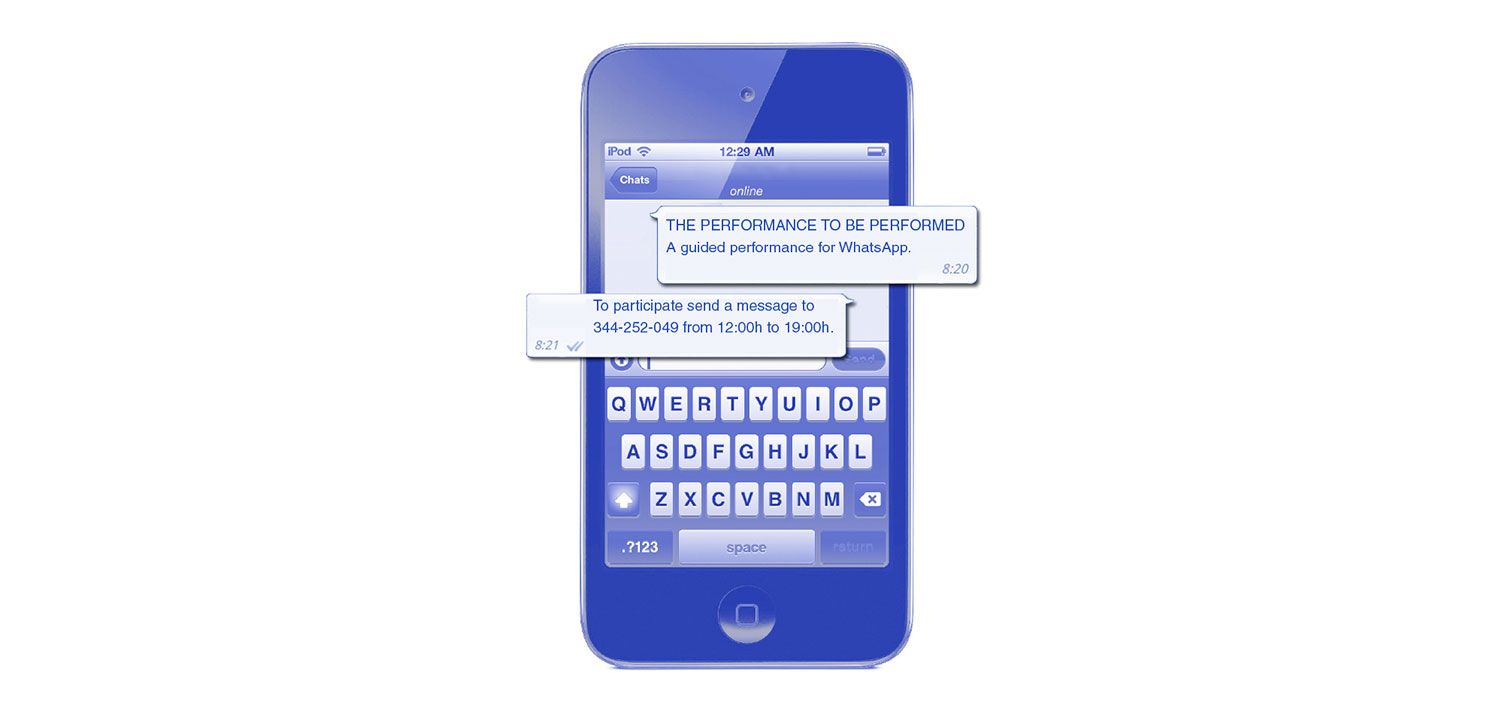
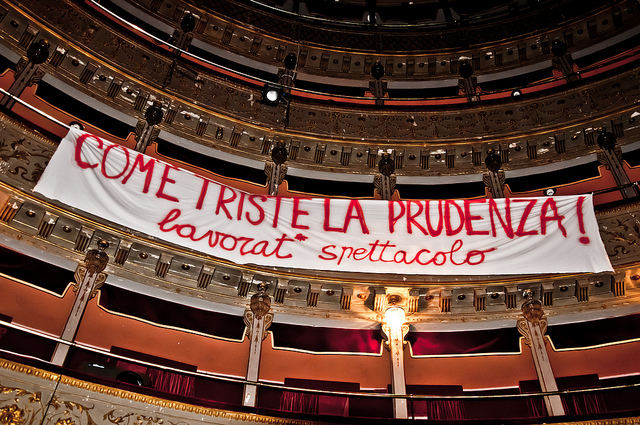
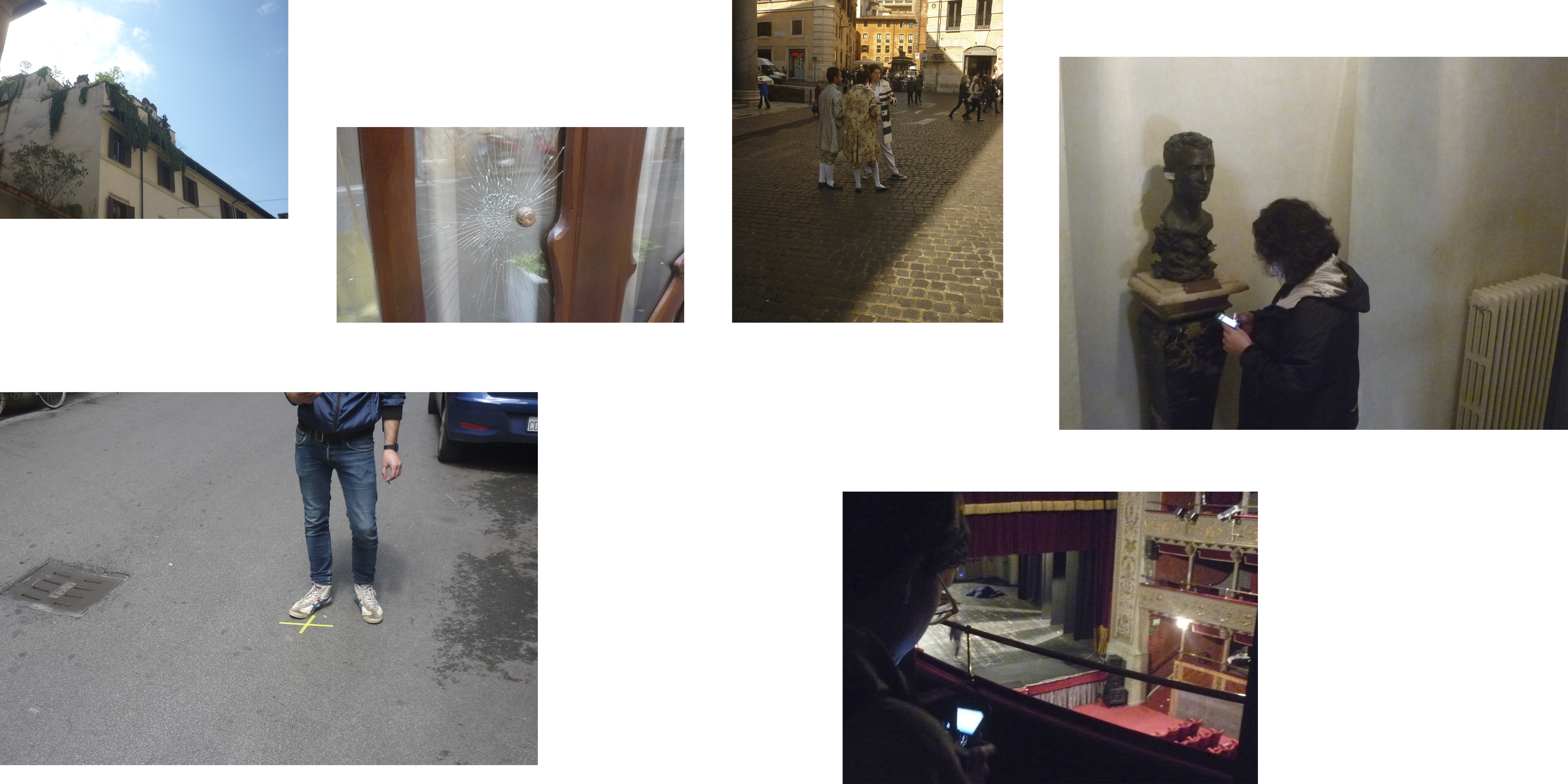
The emperor’s new clothes
Performative guided tour
Sala d’Art Jove-MACBA (Barcelona)
2012
The title of Hans Christian Andersen’s fable, The Emperor’s New Clothes, acts as the starting point for this project that uses installation and performance to shape the relationship between viewers and works of art. The performance is based on a similar format to a traditional guided tour in a museum.
The length of the tour and the different dynamics employed are based on his prior experience and work: explaining what contemporary art is to people.
Is there any point to art? Who consumes art? Who ought to? Is art something eternal?
Does our perception of what is and isn’t art change? Should it change? If society changes, shouldn’t art change too?
